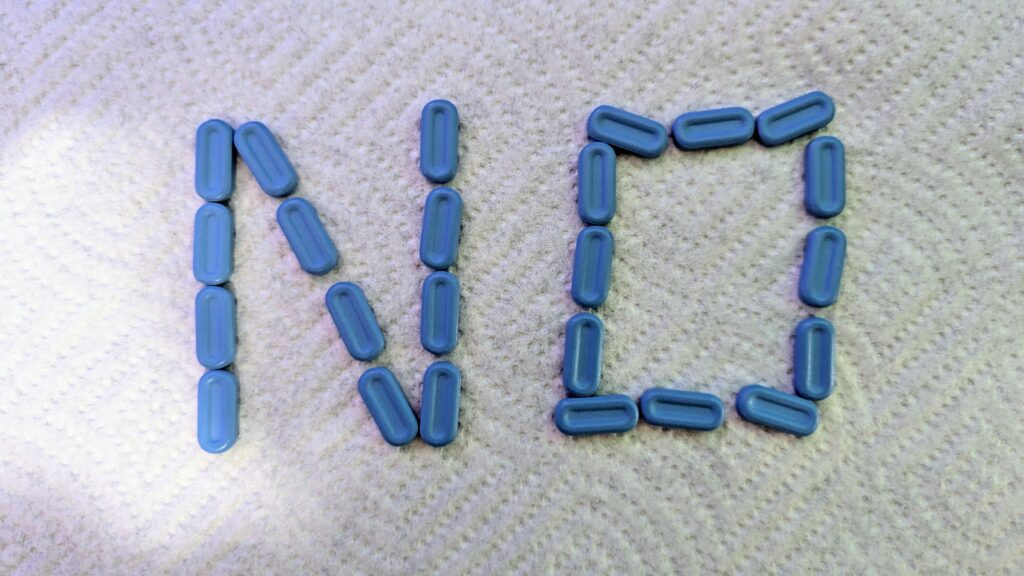(This post was written by an LLM and reviewed by a human.)
In recent years, there has been growing concern over the appearance of certain medications, particularly opioid pain relievers, which resemble candy. One such medication is Nucynta, a prescription drug used to manage moderate to severe pain. Alarmingly, Nucynta tablets look strikingly similar to a larger blue version of Pez candy, raising significant safety issues.
The Dangers of Look-Alike Medications
The resemblance between Nucynta and a larger blue version of Pez candy is not just a quirky coincidence; it poses real and potentially deadly risks. Here are some of the primary concerns:
- Accidental Ingestion by Children: Children are naturally curious and often attracted to brightly colored objects that look like candy. Medications that mimic the appearance of sweets can be easily mistaken for a treat, leading to accidental ingestion. This is particularly dangerous with opioids like Nucynta, which can cause severe respiratory depression and even death in small doses when consumed by children.
- Teen Misuse and Abuse: Adolescents are also at risk. The familiar candy-like appearance might lead teens to underestimate the potency and dangers of these medications, increasing the risk of misuse. The opioid crisis has already shown the devastating impact of such drugs on young people, and anything that lowers their guard is a cause for concern.
- Public Health and Safety: Beyond individual risks, there’s a broader public health concern. Medications that look like candy can complicate the work of healthcare providers and emergency responders. In cases of overdose or poisoning, identifying the substance quickly is crucial for effective treatment. If medications are mistaken for harmless candy, it can delay critical interventions.
Regulatory Oversight and Design Considerations
The Food and Drug Administration (FDA) and other regulatory bodies have guidelines for the appearance of medications, but these regulations are not always stringent enough to prevent the issue of look-alike drugs. There is a pressing need for stricter controls to ensure that medications, especially those as potent and potentially dangerous as opioids, do not resemble candy or other everyday items.
Pharmaceutical companies should take greater care in designing their products. Distinctive shapes, neutral colors, and clear labeling can help reduce the risk of accidental ingestion and misuse. Additionally, public awareness campaigns can educate both parents and children about the dangers of medications that look like candy.
The Role of Healthcare Providers
Healthcare providers play a critical role in mitigating these risks. When prescribing medications like Nucynta, doctors and pharmacists should:
- Clearly explain the potential dangers of the medication.
- Emphasize the importance of storing medications securely, out of reach of children.
- Encourage the use of child-resistant packaging.
- Provide guidance on what to do in case of accidental ingestion.
Conclusion
The case of Nucynta looking like a larger blue version of Pez candy underscores a broader issue in pharmaceutical design that demands immediate attention. While the primary goal of medication is to alleviate pain and improve quality of life, it’s crucial to ensure these benefits are not overshadowed by preventable risks. Stricter regulations, thoughtful design, and proactive education are essential steps to protect our most vulnerable populations from the dangers of look-alike medications.
Opioid pain medications should not look like candy. It’s a simple principle that can save lives and prevent countless tragedies. As we continue to fight the opioid epidemic, addressing these seemingly small but significant issues can make a big difference in public health and safety.


